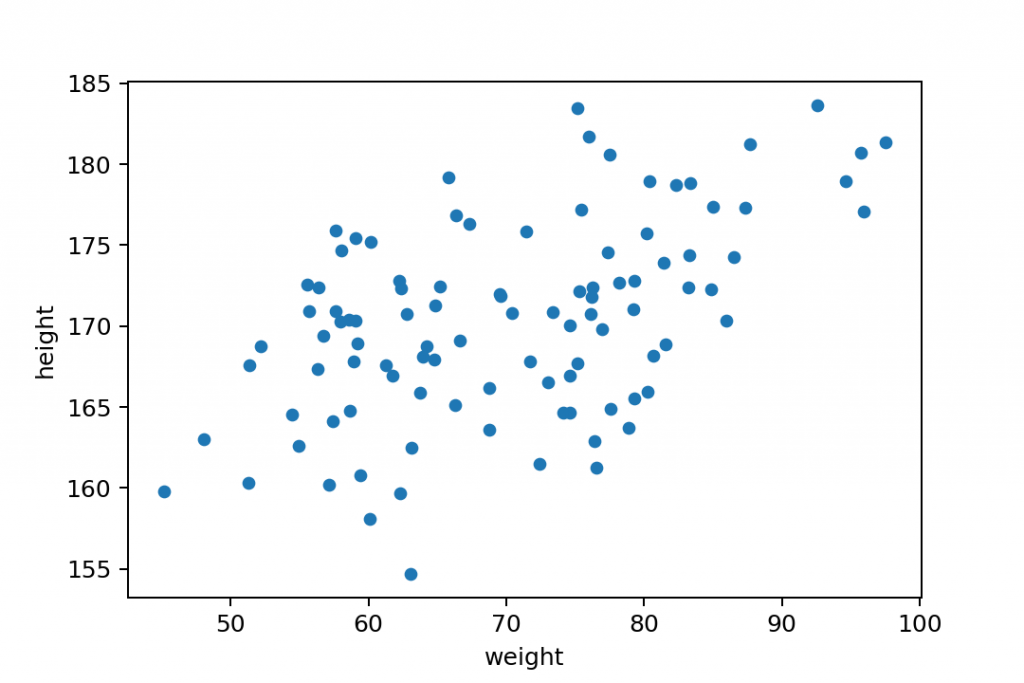

Here, they saw a distinct trend along a diagonal band from the top right (high luminosity/low spectral color) to the low left (low luminosity/high spectral color). But it wasn’t until he and American astronomer Henry Norris Russell independently plotted that data between 19 that they noticed something that would change our understanding of the cosmos. In 1905, when Danish astronomer Ejnar Hertzprung tabled the luminosity (or absolute magnitude) of stars versus their colors (ranging through the color spectrum from blue-white to red), he noticed some correlations and trends. Once the scatter plot did catch on, however, it made a splash in the world of science, precipitating a number of exciting discoveries. (Playfair probably missed inventing the scatter plot because the data he was charting was almost exclusively based on a time-series, which his charts were already well-suited to represent.) It was only a matter of time before people independently realized the story hidden inside those clouds of data. One reason we don’t have a specific inventor for this visualization form is because people have been plotting data on maps and with Cartesian coordinates for centuries. In fact, the scatter plot’s history is much more, well, scattered. If you’ve read our previous posts in this series, it might come as a shock that, while he did bring the line, bar, and pie charts to the world, data visualization pioneer William Playfair didn’t invent the scatter plot. Here, a scatter plot reveals the pattern in different product families, showing how much they produce in revenue compared to their units sold. The shape those data points create tells the story, most often revealing correlation (positive or negative) in a large amount of data. The scatter plot is simply a set of data points plotted on an x and y axis to represent two sets of variables. Let’s look at what makes the scatter plot so good. As such, these plots are much more than a visualization tool they are a discovery tool. That’s a big claim, but just as their name implies, they can take a confusing and scattered set of data and make sense of it. Scatter plots have been called the “most versatile, polymorphic, and generally useful invention in the history of statistical graphics” ( Journal of the History of the Behavioral Sciences, 2005). In our Data Visualization 101 series, we cover each chart type to help you sharpen your data visualization skills.įor a general data refresher, s tart here.


 0 kommentar(er)
0 kommentar(er)
